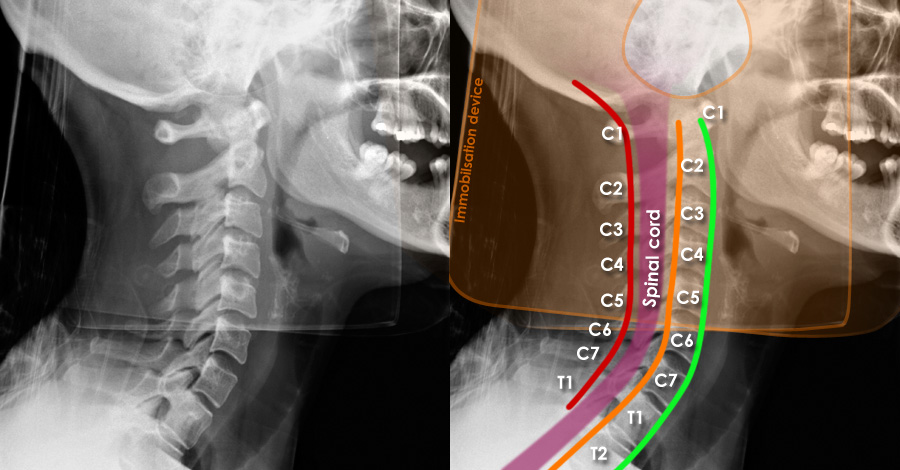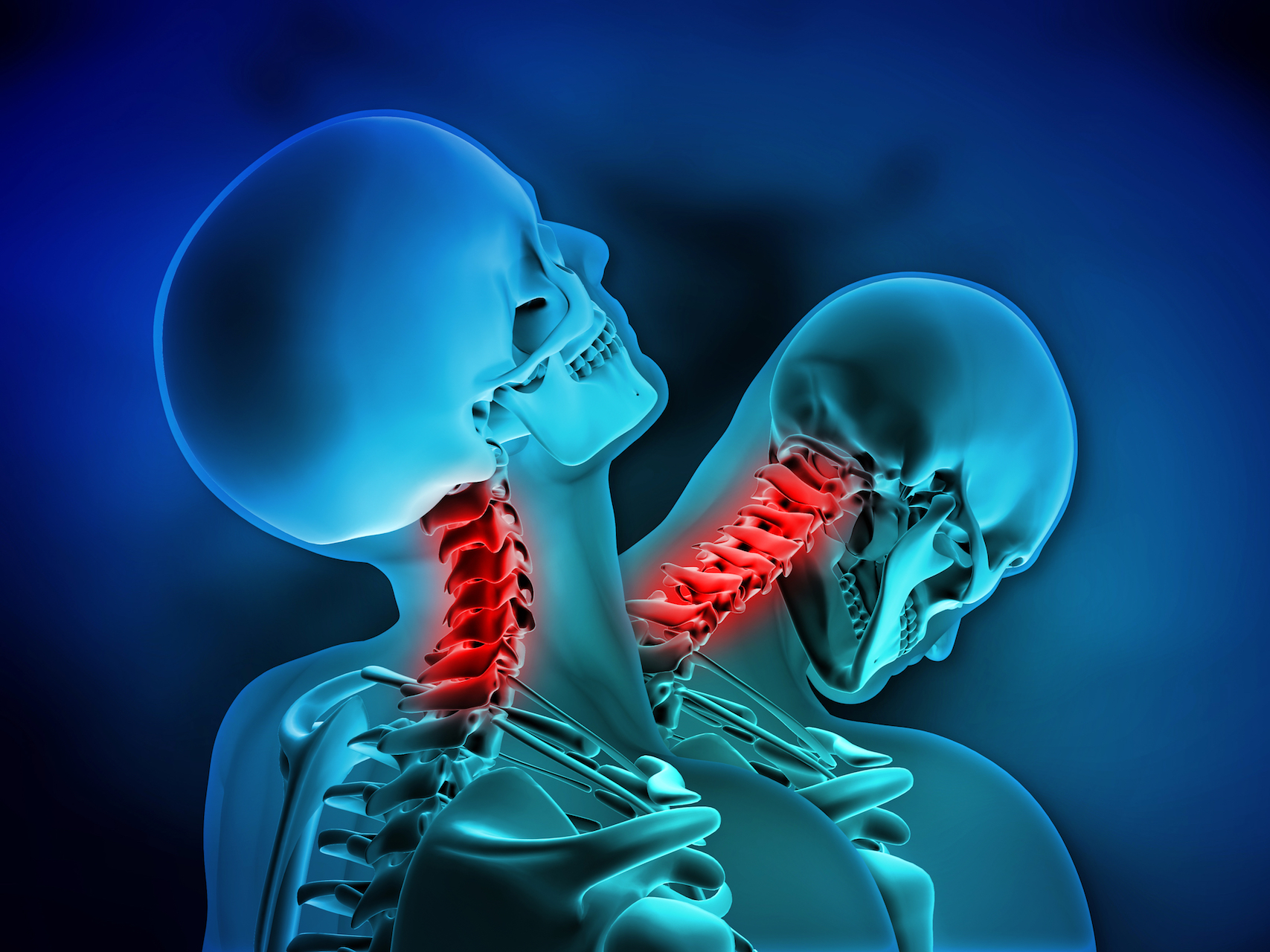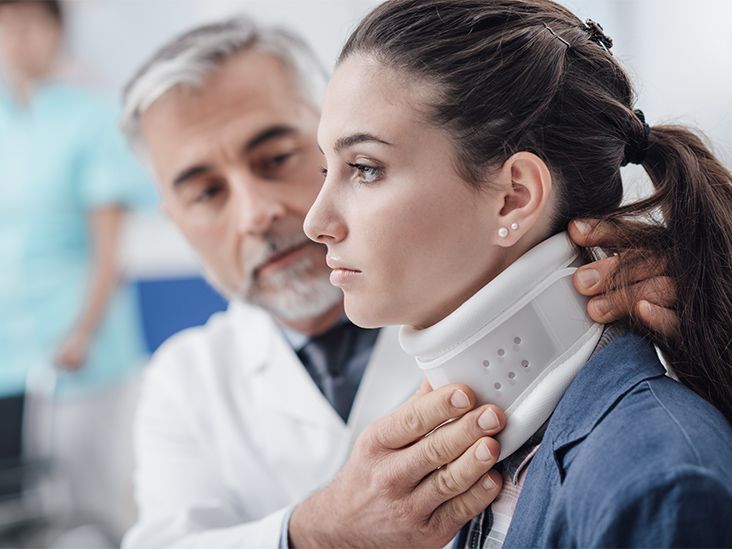💔 Young Worker Dies After Severe Spinal Injury from Falling Object — A Tragedy That Exposed Hidden Failures
The Weight Above: A Young Worker’s Death Exposes a Fracture in Medicine and Industry
By the time the thud echoed across the concrete floor, it was already too late.
In a bustling industrial facility in India, 18-year-old Arun (name changed for privacy) was performing a routine task when a heavy metal object—likely a beam or pipe—fell directly onto his head
What appeared to be a tragic workplace accident soon revealed something far more unsettling — a story that would challenge medical understanding and expose failures in industrial safety
![]() A Collision Between Metal and Biology
A Collision Between Metal and Biology

The object that struck Arun didn’t fall from a great height. It wasn’t massive, nor did it shatter bone in every direction
Witnesses described the moment as instantaneous. Arun lost consciousness immediately, his body collapsing as nearby workers screamed for help.
Emergency responders rushed in — intubating him on-site, applying a cervical collar, and racing him to the trauma unit. But when doctors saw the scans, the full horror — and mystery — became clear.
![]() A Spinal Fracture with No Name
A Spinal Fracture with No Name
A CT scan revealed a catastrophic retropulsion of the C5 vertebral body — meaning it had fractured and shifted backward into the spinal canal, crushing the spinal cord. The
But the strangest part? Nothing else was broken.
No facet joints. No ligaments. No pedicles.
“This was a classic flexion-compression injury—except for the fact that it wasn’t classic at all,” said one orthopedic researcher in a
Medicine had no category for what had just happened.

![]() Medicine Stalled, as Time Ran Out
Medicine Stalled, as Time Ran Out
Despite every intervention —
Two days later, he died in the ICU.
His death shook not only his family but also the
Arun’s spine had collapsed inward, exposing a blind spot in trauma science that even modern medicine couldn’t explain.
![]() Why This Case Shook the Medical Community
Why This Case Shook the Medical Community
[IMAGE — Doctors reviewing spinal X-rays in a trauma center]
Arun’s case highlights a haunting truth: our medical systems don’t account for every kind of injury.
Classification models like SLIC or AO Spine are designed around predictable patterns — dislocations, ligament tears, fractures — drawn from years of case data.
But Arun’s collapse broke those rules
It was, quite literally, a fracture science couldn’t define — a reminder that biology doesn’t always follow the textbooks.
![]() A Structural Failure, in More Ways Than One
A Structural Failure, in More Ways Than One
As baffling as the medical mystery was, the industrial negligence behind it raised even deeper questions.
Why was a heavy object unsecured overhead
Why no safety net, no rigging, no supervision?
And perhaps most troubling — why was an 18-year-old worker placed there at all?
Experts stress that vertical-load injuries are among the most preventable

![]() Lessons from a Rare but Deadly Case
Lessons from a Rare but Deadly Case
This case stands at the crossroads of medical mystery and human error — revealing flaws in both science and society.
In medicine:
- Diagnostic models must evolve for non-traditional trauma.
- Doctors must stay alert for outlier cases.
- Radiologists should publish rare findings to expand global data.
In workplace safety:
- Overhead hazard prevention must become non-negotiable.
- Young workers require extra supervision.
- Vertical risk audits should be mandatory, not just optional.
![]() Final Word: More Than a Freak Accident
Final Word: More Than a Freak Accident

Arun’s death was more than an accident — it was a wake-up call.
One that industry leaders, doctors, and regulators can’t afford to ignore.
When something heavy falls from above, the damage goes far deeper than broken bones.
It exposes fractures in the very systems meant to protect us — from industrial safety to medical understanding.
Until those systems evolve, more unseen dangers will hang silently overhead — waiting to fall.
![]() Related Articles You May Find Important
Related Articles You May Find Important
“Construction Site Collapse in Mumbai Leaves Three Injured — What Went Wrong?”
“Doctors Report New Trauma Pattern After Factory Blast: A Medical Mystery”
“India’s Hidden Workplace Crisis: Why Safety Standards Lag Behind Growth”

 A Collision Between Metal and Biology
A Collision Between Metal and Biology A Spinal Fracture with No Name
A Spinal Fracture with No Name Medicine Stalled, as Time Ran Out
Medicine Stalled, as Time Ran Out Why This Case Shook the Medical Community
Why This Case Shook the Medical Community A Structural Failure, in More Ways Than One
A Structural Failure, in More Ways Than One Lessons from a Rare but Deadly Case
Lessons from a Rare but Deadly Case Final Word: More Than a Freak Accident
Final Word: More Than a Freak Accident Related Articles You May Find Important
Related Articles You May Find Important “Construction Site Collapse in Mumbai Leaves Three Injured — What Went Wrong?”
“Construction Site Collapse in Mumbai Leaves Three Injured — What Went Wrong?” “Doctors Report New Trauma Pattern After Factory Blast: A Medical Mystery”
“Doctors Report New Trauma Pattern After Factory Blast: A Medical Mystery” “India’s Hidden Workplace Crisis: Why Safety Standards Lag Behind Growth”
“India’s Hidden Workplace Crisis: Why Safety Standards Lag Behind Growth”



